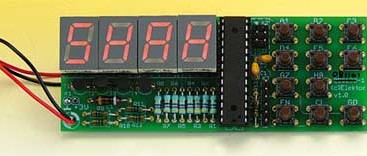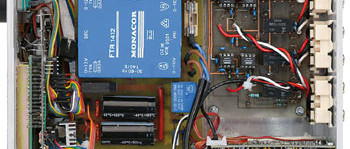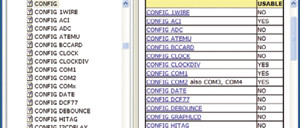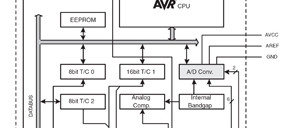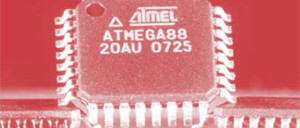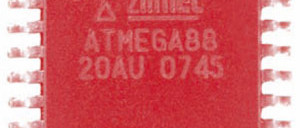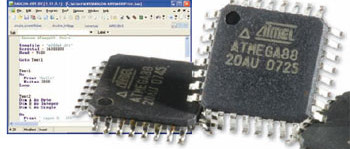| For just a few pounds you can take a microcontroller, add a few pushbuttons and some 7-segment displays to build a chess computer reminiscen...
More about BBC micro:bit (117)
| This small pre-amp has both a good sound quality and a simple and flexible control interface thanks to the use of an ATmega8 microcontroller...
| The Elektor ATM18 system can be used to make a surprisingly simple and effective chess computer. The only additional hardware required is a...
| The first five instalments of this course have already covered many programming techniques with an emphasis on practical applications. This...
| With all the processing power under the hood of the Atmel ATtiny13 and ATtiny2313 micros, it’s not too difficult to get them interfaced to t...
| It is important when designing any software that the processor resources are used efficiently. We expand on this theme here and give some po...
| We have already taken a look at timers in part 3 of the course. The ATmega timer/counters have far more to offer than just measuring time. H...
| Many practical tasks can only be solved by using accurate timing. The ATmega controllers are well equipped in this respect; the Mega8 to Meg...
| The port pins are the gateway between real world events and the microcontroller. The user can send out control signals and read back informa...
| The AVR series of microcontrollers from Atmel are very popular. Many projects already featured in Elektor have an ATmega beating away at the...


